Introduction
Gender shapes how people are seen, heard, and valued — often before they speak a word. Like racial bias, gender and identity bias are woven into cultural norms, institutions, and language. This framework helps educators, students, and professionals identify both overt and subtle forms of bias that affect how gender and identity are perceived, discussed, and represented.
Understanding these biases is not about politics or ideology; it’s about seeing human beings clearly. By naming these patterns, we can build environments where all people — regardless of gender, expression, or identity — are treated with fairness, empathy, and respect.
1. Cognitive & Psychological Biases
| Bias | Definition / Description |
|---|
| Gender Stereotyping Bias | Assigning fixed traits, roles, or behaviors to people based on gender. |
| Implicit Gender Bias | Unconscious associations linking gender with ability, emotion, or leadership. |
| Confirmation Bias | Noticing only examples that confirm gender-based assumptions (e.g., “boys are better at math”). |
| Role Congruity Bias | Evaluating individuals more negatively when they act outside traditional gender roles. |
| Status Quo Bias | Preferring traditional gender norms simply because they feel familiar or “natural.” |
| Anchoring Bias | Using outdated gender expectations as reference points for judgment. |
2. Sociocultural & Structural Biases
| Bias | Definition / Description |
|---|
| Patriarchal Bias | Prioritizing male perspectives or leadership as the cultural standard. |
| Gender Normativity Bias | Expecting everyone to fit within a binary concept of male and female. |
| Heteronormativity Bias | Assuming heterosexuality as the default or “normal” orientation. |
| Intersectional Blindness | Ignoring how gender bias overlaps with race, class, or disability. |
| Representation Bias | Underrepresenting women, nonbinary, or LGBTQ+ people in leadership or curriculum. |
| Pay & Opportunity Bias | Unequal access to advancement or recognition based on gender. |
3. Moral & Ideological Biases
| Bias | Definition / Description |
|---|
| Moral Polarity Bias | Labeling one gender or identity group as inherently virtuous or oppressive. |
| Essentialism Bias | Believing gender traits (like nurturing or aggression) are biologically fixed and universal. |
| Cultural Purity Bias | Condemning nontraditional gender expression as a moral or cultural threat. |
| Identity Reduction Bias | Defining a person entirely by their gender identity, ignoring other aspects of self. |
| Performative Allyship Bias | Publicly supporting gender equity for approval without real understanding or action. |
4. Educational & Communication Biases
| Bias | Definition / Description |
|---|
| Curricular Gender Bias | Excluding or minimizing the contributions of women and gender-diverse people. |
| Linguistic Gender Bias | Using gendered language that reinforces stereotypes (e.g., “mankind,” “guys” for everyone). |
| Feedback Bias | Giving different types of feedback to boys and girls (e.g., praising boys for results, girls for effort). |
| Disciplinary Bias | Disciplining students differently based on gendered expectations of behavior. |
| Visibility Bias | Highlighting traditional gender success stories while ignoring alternative narratives. |
| Bias | Definition / Description |
|---|
| Overcorrection Bias | Trying to counter bias by swinging to an opposite extreme (e.g., assuming all criticism of women is sexist). |
| Denial Bias | Rejecting that gender bias still exists, claiming equality has already been achieved. |
| Ally Superiority Bias | Believing one’s advocacy makes them immune to bias. |
| Backlash Bias | Reacting defensively to discussions of gender equity. |
| Token Resistance Bias | Acknowledging gender bias rhetorically while resisting real change. |
Conclusion
The goal of this framework is not to assign blame but to promote awareness and empathy. Gender and identity bias limit potential — not only for those directly affected, but for everyone who learns to see others through a narrow lens. By developing awareness through reflection and honest dialogue, we expand the range of what’s possible in our classrooms, workplaces, and communities.
True inclusion begins when identity is understood, not assumed.


Member discussion